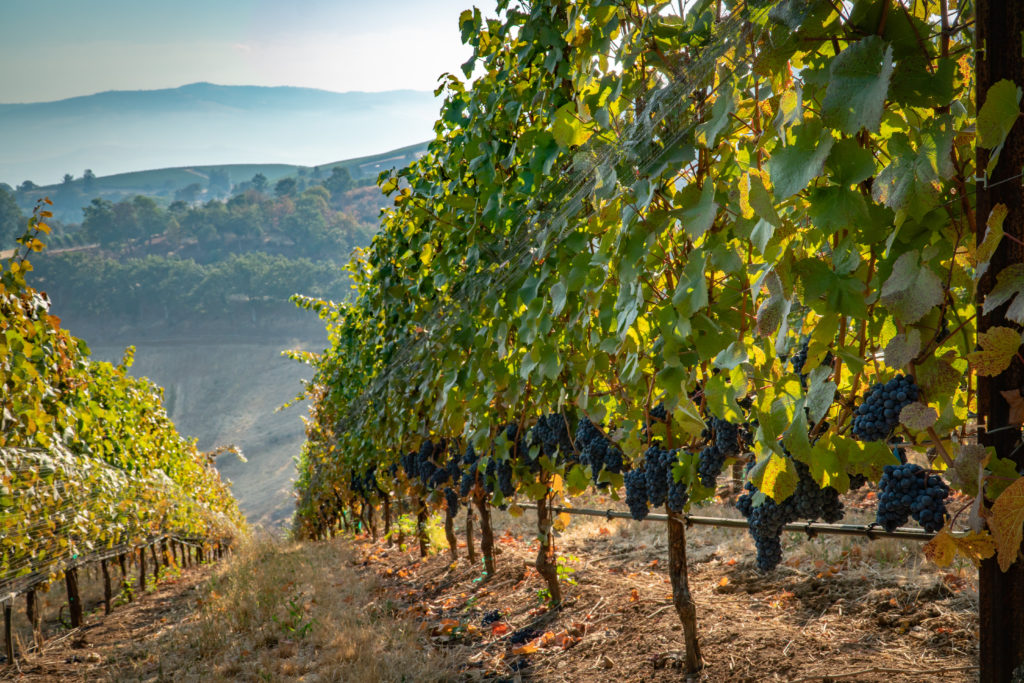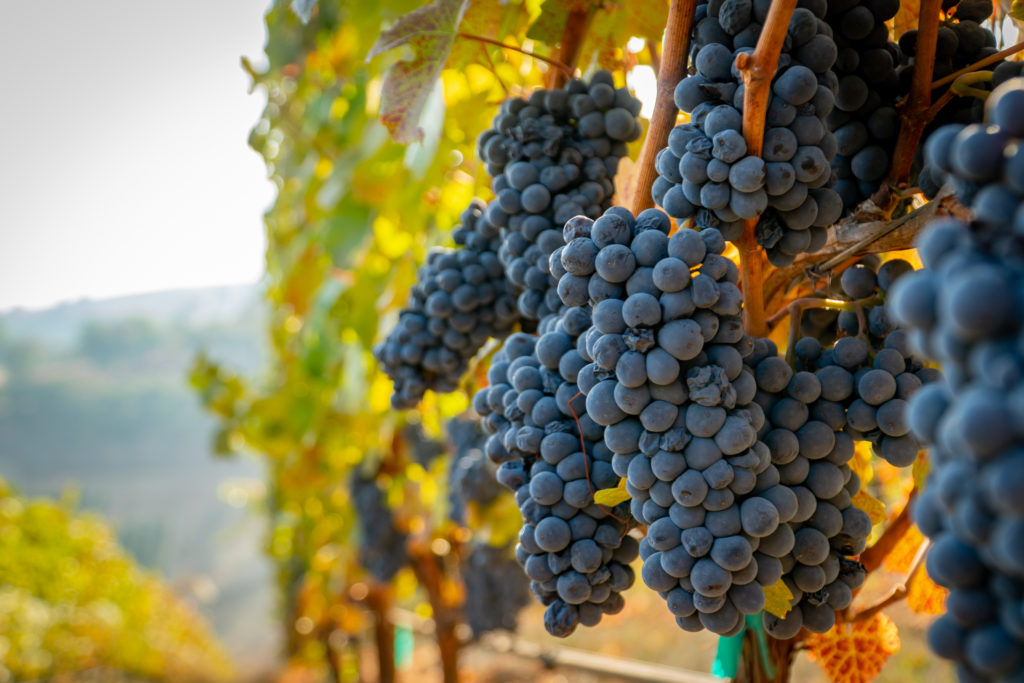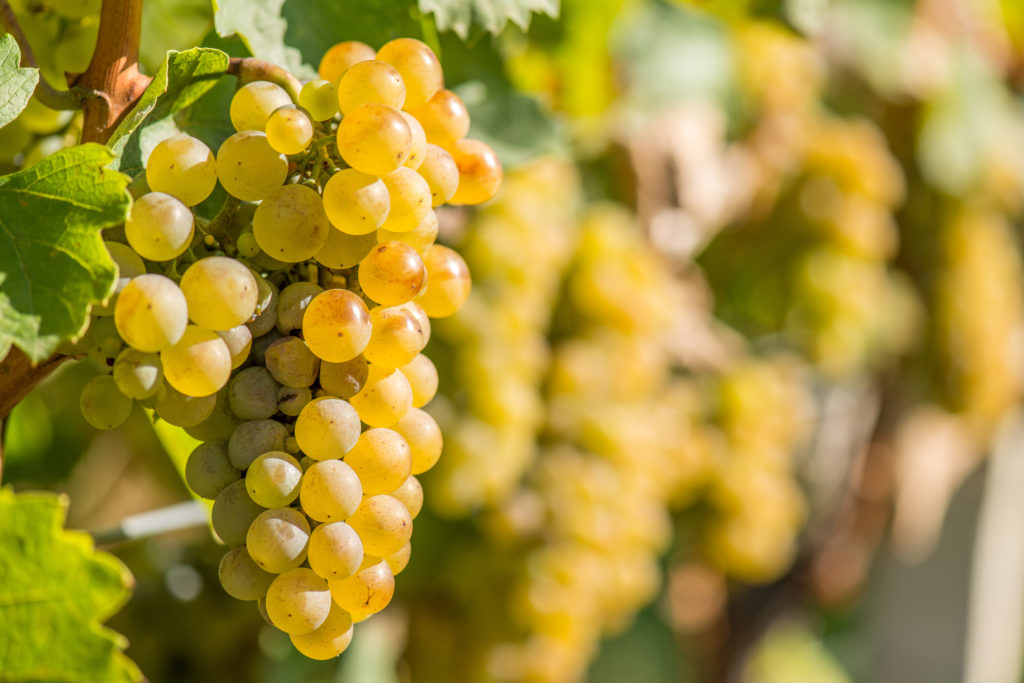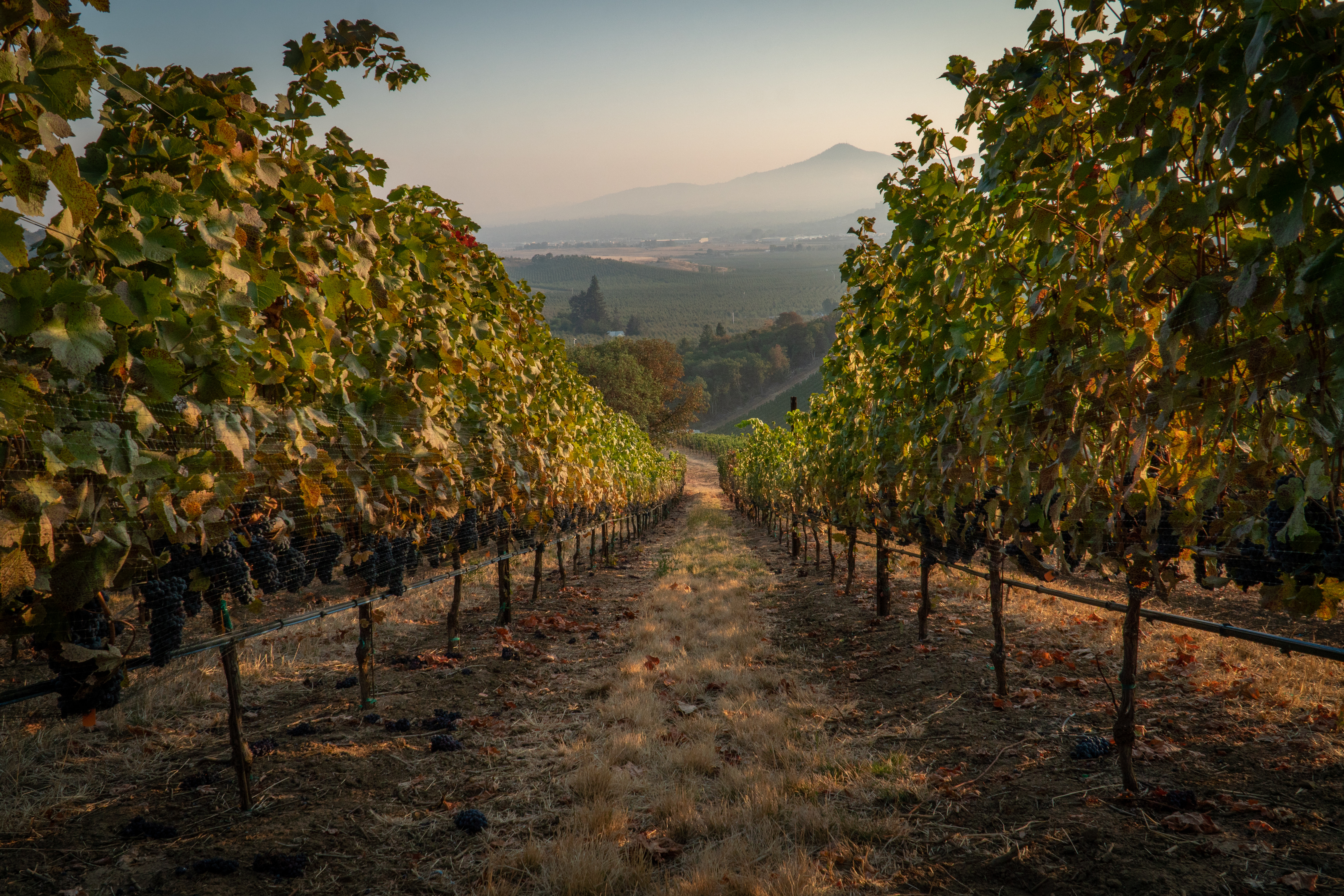Nestled in the southern-most reaches of Oregon, riding the border of California and comprised of 3 adjacent river valleys is the Rogue Valley AVA (a sub-appellation of the Southern Oregon AVA). The area was originally planted by European settlers in the mid-1800s with the first official winery being Valley View Winery opened in 1873 by one of the regions pioneers in wine, Peter Britt. Sadly, when prohibition went into effect, Rogue Valley was all but lost to memory until 1968 when an Oregon State University professor planted an experimental vineyard to great success and the area was essentially rediscovered. Rogue Valley was established quite sometime after its revitalization, acquiring recognized AVA status in 1991.
With a large designated land area of a little over 1.1 million acres, only 87 vineyards are currently established with around 2,300 acres under vine (0.2% of total area). There are only 33 wineries in the whole region to date. Suffice to say, it is still a “small” region, excluding the size of the designated AVA boundaries.

With an average annual hi of 67°F and the average high during the growing season reaching 77°F, this is a cooler region overall (For point of note, Napa averages around 10°F higher, and the Willamette Valley is only around 3°F cooler). The climate in the region warms as the elevation rises moving further east, ultimately ending in some of the highest altitude vineyards in the state at around 2,000 feet. The region is largely planted on hillsides, avoiding the valley floors.

While Oregon is globally associated with the grapes of Burgundy, Rogue Valley shows quite a bit more diversity. The top 10 regional growths, in order of acres under vine:
- Pinot Noir
- Malbec
- Syrah
- Cabernet Sauvignon
- Merlot
- Chardonnay
- Tempranillo
- Cabernet Franc
- Pinot Gris
- Viognier

An interesting amalgamation of Burgundy, Bordeaux, and Rhône grapes show the diversity of soil compositions and microclimates in the region. Generally the cooler climate grapes (Chardonnay, Pinot Noir, etc.) are planted in the western river valley, while the heat loving grapes (Cabernet Sauvignon, Sauvignon Blanc, etc.) are planted in the eastern, higher elevation areas. One interesting item to point out is #24 on the list (if we had continued past the top 10) is Riesling, a grape generally associated with cooler climate regions. In Rogue Valley, there is only 1 acre planted at 0.04% of total plantings. Maybe we are wrong (which has happened from time to time), but we see an opportunity here for anyone interested in Riesling (especially if you can find a cooler microclimate area – looking to the west of the region). Just our humble assessment…

